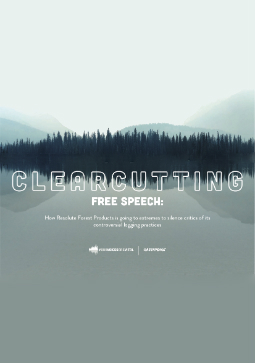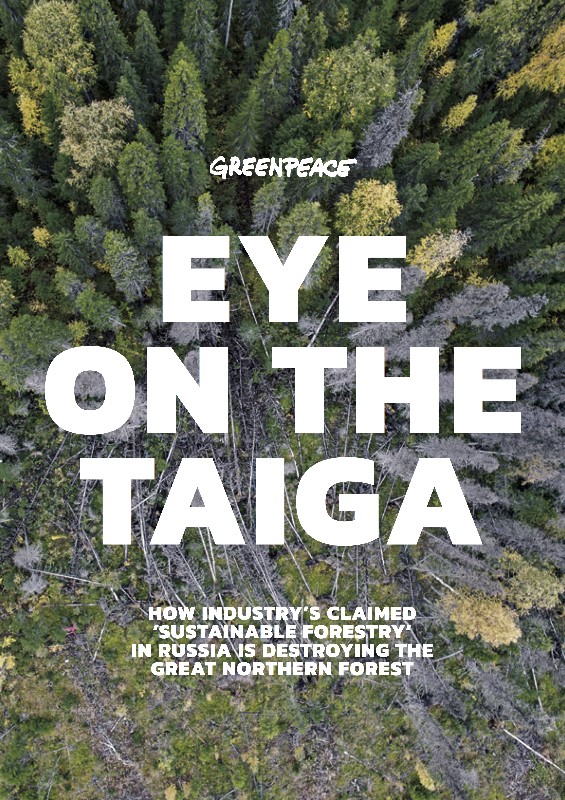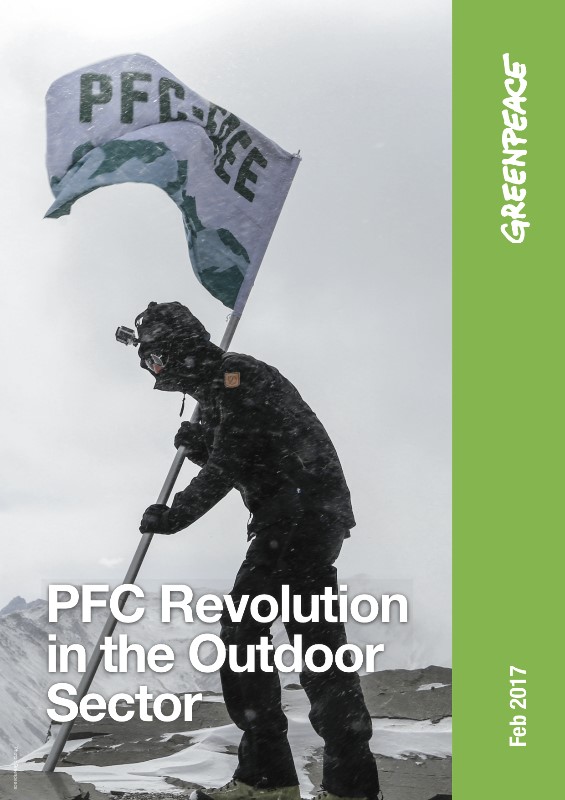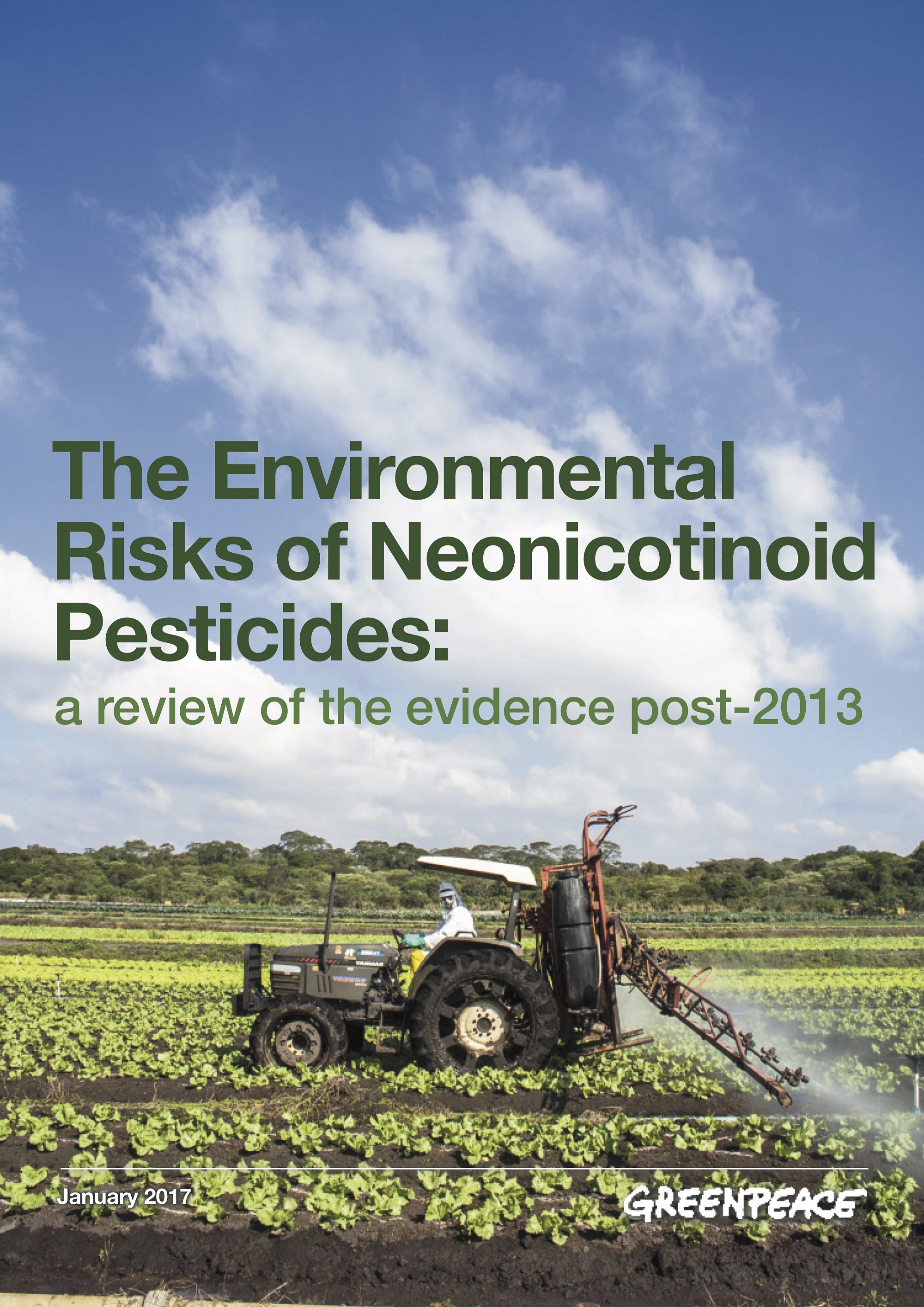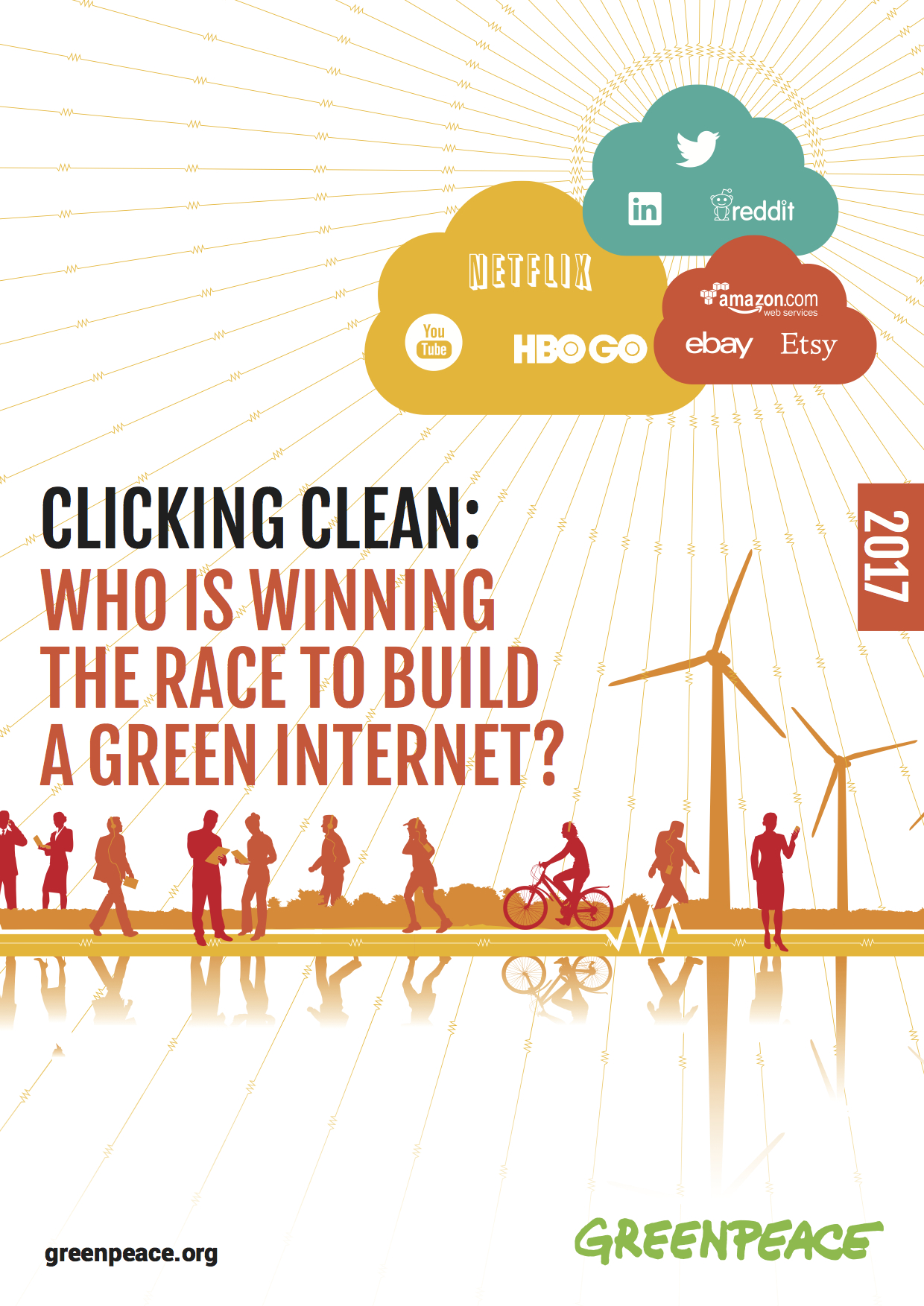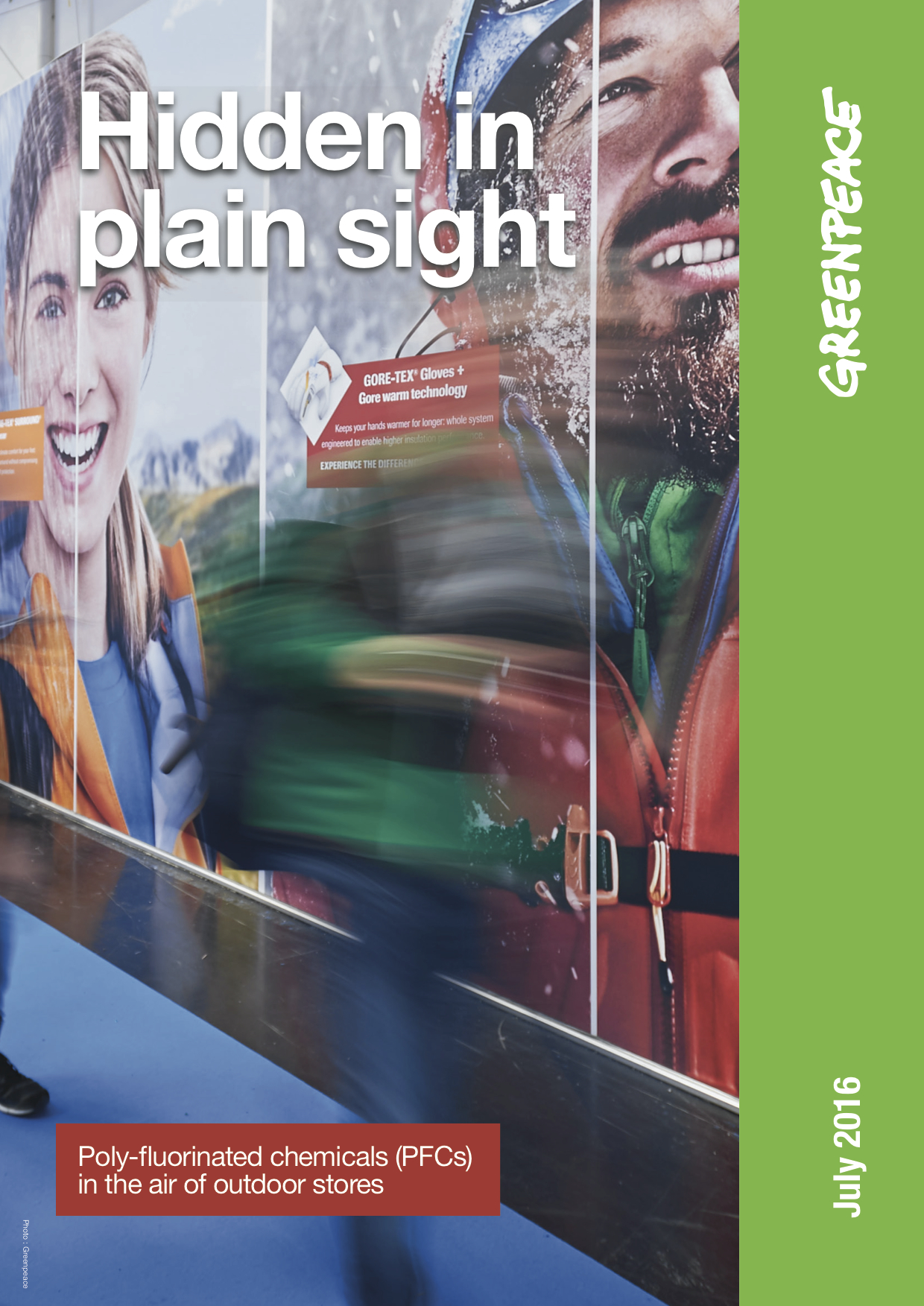-
Annual report 2016
Our planet and people are more interconnected than any world-wide-web we could create. What impacts one part, affects another and environmental protection is inextricably linked with social justice.
-
Clearcutting Free Speech
Canada’s Great Northern Forest is an ancient forest, shaped by forces of nature and stewarded by Indigenous Peoples since time immemorial. Also known as Canada’s boreal forest, it has some of the last large expanses of undisturbed natural forest, is home to threatened species, and is one of the world’s largest terrestrial stores of carbon.…
-
Eye on the Taiga
Human activities are currently driving species to extinction at a rate 1,000 times the average natural rate over the past 65 million years. Habitat loss, including degradation and fragmentation, is the most important cause of this crisis. We must reduce the rate of habitat loss, and eventually halt it, if we are to protect biodiversity…
-
Clicking Clean
The internet will likely be the largest single thing we build as a species. Tasked with creating and then catering to the world’s insatiable appetite for messages, photos, and streaming video, along with critical systems supporting our financial, transportation, and communication infrastructures, the internet serves as the central nervous system of the modern global economy.



